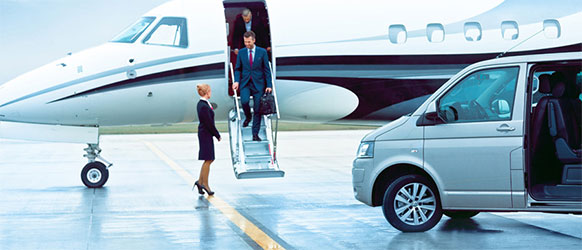Tips to ground an aircraft while refueling
HOW WOULD YOU COMPARE THE AIRBUS A320 AGAINST THE BOEING 737?
19/05/2016See hyperlapsed video of a Boeing 777-300 teardown by Aircraft Demolition, including dismantling of the center-section, wing and cockpit removal.
06/06/2016Lately, I have received a number of questions concerning grounding or bonding an aircraft during the refueling process.
The reason for using a bonding strap during refueling is that when an electrically, non-conductive fluid like Jet A or 100LL is transferred, these liquids build up static electricity that can arc and cause a fire if not dissipated.
This is like how your body can build up static electricity when you walk across a carpeted floor and then arc when you touch a grounded item.
In the past, we called it grounding and we connected a jumper cable from a ground post to the plane and to the refueler.
But the airlines found that having a ground cable connected to a large airplane in a storm can lead to “electrical” and other problems.
o now the standards call for only one cable connecting the plane to the refueling vehicle. This ensures that the plane and the refueler are at the same electrical potential when the hose is placed in the filler neck and during the refueling process. This is called bonding, as opposed to the old grounding.
One of the problems with this process is that most refuelers use a cable retracting reel for the cable. The contacts in the reel can become corroded and not have electrical conductivity. That’s why they need to be checked with an ohmmeter every month.
Another problem is where to connect a bonding cable on your aircraft.
Some say to connect it to the exhaust stack. This may be OK, but some owners do not like their chrome stacks all scratched up.
Others say to bond to the landing gear or front strut.
The problem is that a bonding location should be identified on all new aircraft. But none of the manufacturers are willing to do that.
What I suggest is that, if you own an aircraft, go out with an ohmmeter and check to ensure that a chosen location on the plane does have electrical conductivity to your fuel filler neck. (Do not check conductivity with an open filler cap.)
Now you need to identify your chosen point with a label that is visible for the average FBO employee. This process is especially important for composite aircraft.
Another question concerns plastic fuel cans and how to ground them. There is no great answer here.
If you pour fuel from a metal container into an aircraft, the static charge can build up in the fuel and get transferred to the metal container. This charge can then jump a gap between the can and the plane and cause a fire. The transfer of just five gallons of fuel can build up a charge great enough to jump over half an inch under many conditions.
But with a plastic container, the static charge cannot build up on the container wall, so there may not be a problem as the charge will dissipate once in the tank.
However, if you are using a metal funnel, then you should bond the funnel to the plane.
In the past, I have read articles that recommended placing a metal strip into the plastic can before pouring and bond this to the plane.
I am not sure this is necessary and am looking for examples of static electricity accidents with plastic containers. I have not found any problems, but will continue to look. If any of our readers know of any problems, please let me know.





